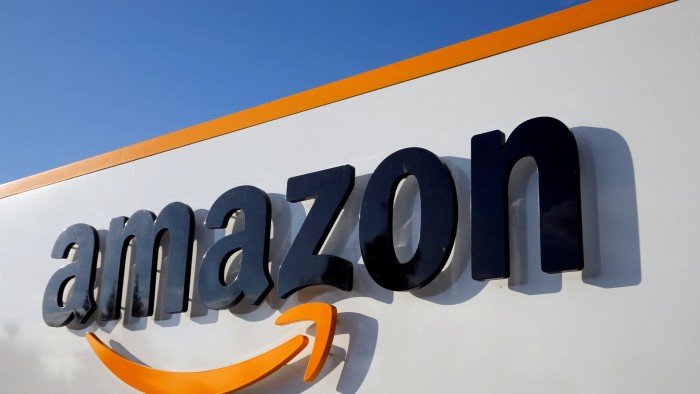Amazon says cloud growth slowed as customers cut costs

Roula Khalaf, Editor of the FT, selects her favourite stories in this weekly newsletter.
Amazon said growth had slowed this month in its Amazon Web Services cloud division, raising investor fears about a main driver of the tech giant’s profits as customers look to cut costs in response to challenging economic conditions.
The warning, which came on an earnings call on Thursday, took the shine off of an initial rally that had pushed Amazon shares up as much as 12 per cent higher in after-hours trading. Shares were down about 4 per cent at the start of trading on Friday.
During the March quarter, revenue at AWS, which accounts for the bulk of Amazon profits, grew 16 per cent to $21.4bn, ahead of forecasts for $21.2bn. Overall, Amazon revenue rose 9 per cent to $127.4bn, also better than expected, while revenue from the group’s online stores was flat at $51.1bn.
Amazon’s chief financial officer Brian Olsavsky said AWS “customers of all sizes in all industries” were trying to save on costs.
“Customers continue to evaluate ways to optimise their cloud spending in response to these tough economic conditions,” he said. “And we’re seeing these optimisations continue into the second quarter with April revenue growth rates about 500 basis points lower than what we saw in Q1.”
The warning underscores the challenge that major cloud providers, including Amazon, are facing as increasingly cost-conscious customers and a softening economy combine to put pressure on what has been a significant growth market.
The April guidance confirmed fears that AWS cloud customers were reducing their spending, but Olsavsky and Amazon chief executive Andy Jassy both stressed that their long-term outlook for cloud revenue remains bullish.
Jassy said: “People sometimes forget that 90-plus per cent of global IT spend is still on premise, and if you believe that equation is going to flip — which we do — it’s going to move to the cloud.”
Longer term, Amazon said it would be in a good position to capitalise on the latest trends in “large language models” — the technology behind ChatGPT, the popular chatbot tool from OpenAI — and generative artificial intelligence.
Olsavsky pointed to Amazon’s investments in custom-made chips that, he said, can handle the necessary computer processing, as well as the potential for Alexa, its voice assistant.
“We start from a pretty good spot with Alexa because we have . . . a couple hundred million endpoints being used across entertainment and shopping and smart home and information, and a lot of involvement from third-party ecosystem partners,” he said.
Zeno Mercer, research analyst at Robo Global, an investment research company, expressed scepticism of the Alexa plans given recent job cuts in that division and the perception that it is not longer a major priority. “This area had been a money pit,” he said.
The report follows solid earnings from Microsoft, Alphabet and Meta earlier this week. Like its Big Tech peers, Amazon has been focused on trimming headcount and costs, having previously announced it would be slashing 27,000 jobs — about 9 per cent of its corporate workforce. It paid $500mn in severance charges for the quarter.
Overall, Amazon recorded $3.2bn in net income for the March quarter, a stark reversal from its $3.8bn net loss a year ago. Operating income at the Seattle-based company was $4.8bn, up 30 per cent from $3.7bn a year ago.
Operating income margins rose to 3.7 per cent, up from 3.2 per cent a year ago and above forecasts for 2.7 per cent. For the current quarter, Amazon said it expects revenue between $127bn and $133bn, versus analysts’ estimates of $130bn.
Comments